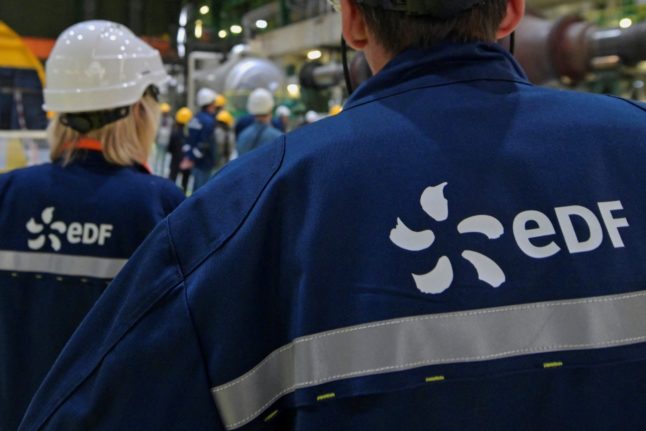EDF hailed an “exceptional” year after its loss of €17.9billion in 2022.
Sales slipped 2.6 percent to €139.7billion , but the group managed to slice debt by €10billion euros to €54.4billion.
EDF said however that it had booked a €12.9 billion depreciation linked to difficulties at its Hinkley Point nuclear plant in Britain.
The charge includes €11.2 billion for Hinkley Point assets and €1.7billion at its British subsidiary, EDF Energy, the group explained.
EDF announced last month a fresh delay and additional costs for the giant project hit by repeated cost overruns.
“The year was marked by many events, in particular by the recovery of production and the company’s mobilisation around production recovery,” CEO Luc Remont told reporters.
EDF put its strong showing down to a strong operational performance, notably a significant increase in nuclear generation in France at a time of historically high prices.
That followed a drop in nuclear output in France in 2022. The group had to deal with stress corrosion problems at some reactors while also facing government orders to limit price rises.
The French reactors last year produced around 320.4 TWh, in the upper range of expectations.
Nuclear production had slid back in 2022 to 279 TWh, its lowest level in three decades, because of the corrosion problems and maintenance changes after
the Covid-19 pandemic.
Hinkley Point C is one of a small number of European Pressurised Reactors (EPRs) worldwide, an EDF-led design that has been plagued by cost overruns
running into billions of euros and years of construction delays.



 Please whitelist us to continue reading.
Please whitelist us to continue reading.
Member comments